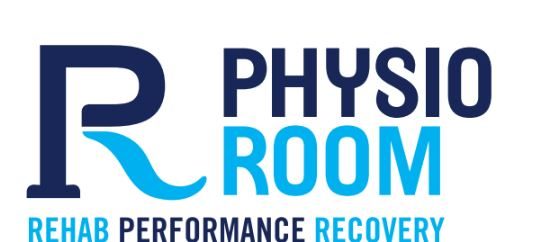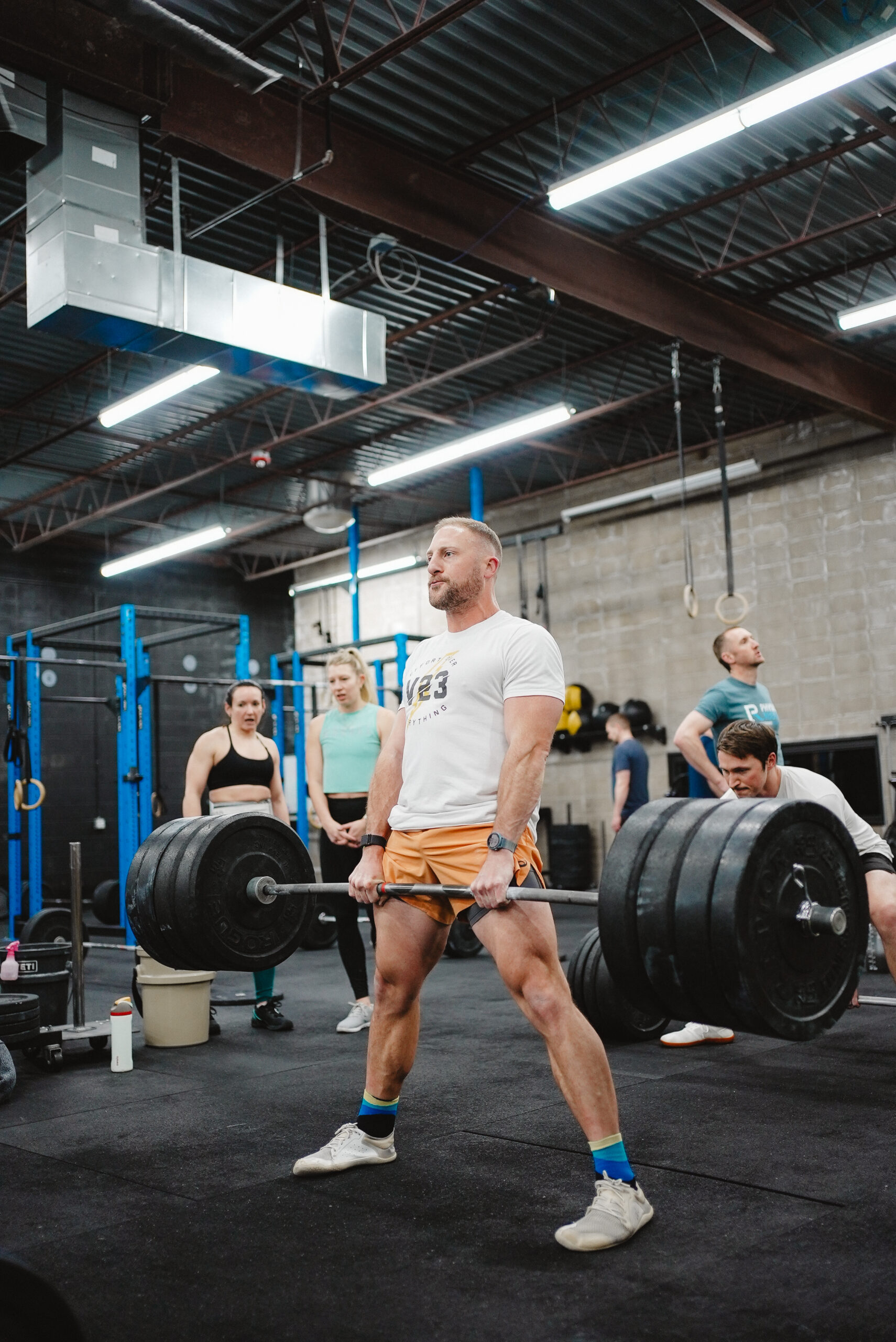The Juggernaut Method: A Smarter Approach to Strength
One of the most effective systems that incorporates fatigue management, progressive overload, and autoregulation is The Juggernaut Method by Chad Wesley Smith. This 16-week system provides a structured, science-backed periodization model for lifters aiming to improve their squat, bench press, deadlift, and overhead press. It’s one of my personal favorite programming frameworks (both as a clinician and lifter) because I’ve seen firsthand how effective it is in building strength while minimizing injury risk.
The 4 Phases of Juggernaut (Each ~4 Weeks Long)
- 10s Phase – Training in the 10+ rep range. Focuses on hypertrophy, building a muscular base, and preparing connective tissue for heavier loads. (2-3 reps in reserve)
- 8s Phase – Slightly heavier, moderate volume. This is the bridge between hypertrophy and strength.
- 5s Phase – Now in the strength zone. Reps drop, intensity rises.
- 3s Phase – Peak strength development. Low reps, high intensity, preparing for testing or competition.
Each phase includes:
- Accumulation Week – Higher volume, moderate intensity. (2-3 reps in reserve)
- Intensification Week – Lower volume, higher intensity. (1-2 reps in reserve)
- Realization Week – Push for new rep maxes based on autoregulated weights. (max effort)
- Deload Week – Controlled recovery to dissipate fatigue.
Why It Works: Built-In Injury Prevention
1. Fatigue Management
Each phase and week within the Juggernaut Method accounts for rising and falling fatigue, allowing the body to recover. Regular deloads and logical progression reduce the chance of overuse injuries.
2. Autoregulation
Instead of using rigid percentages, Juggernaut often adjusts load based on reps in reserve (RIR) or actual performance that day. This means lifters push when they’re fresh and back off when recovery isn’t optimal — a huge win for joint and tendon health.
3. Progressive Overload
The method is built around hitting new repetition maxes, not just 1RMs. This allows for long-term strength gains without maximal strain every week. Overload is progressive, not abrupt which is key for tissue adaptation and injury prevention.
How It Applies to Weightlifters and Powerlifters
- Powerlifters can program Juggernaut phases for their big three: squat, bench press, and deadlift. The higher-rep phases help build muscle and resilience; the lower-rep phases peak their strength effectively without burnout.
- Weightlifters (Olympic lifting) benefit during off-season cycles or general strength blocks. While the Olympic lifts themselves are highly technical and often trained differently, the Juggernaut structure is excellent for building general strength and capacity in squats, presses, and pulls — the foundation of Olympic lifting performance.
Final Thoughts: Train Smart to Train Long
Injury prevention isn’t about training less. It’s about training smarter. Programs like the Juggernaut Method offer a roadmap that blends performance and longevity. As a physical therapist, I’ve seen firsthand how intelligent programming not only boosts numbers on the platform but keeps lifters doing what they love for years.
Need Help Applying This to Your Training?
At Physio Room, we specialize in helping strength athletes integrate performance-based rehab and injury prevention into their training. If you’re struggling to implement proper periodization, manage fatigue, or navigate around nagging injuries, I can help.
Schedule a session with me today — we’ll work together to clarify your programming, address any movement limitations, and build a sustainable plan to help you lift pain-free and hit new PRs.

Written by Dr. Seth Hagan – PT, DPT, OCS| Physio Room




Connect with Physio Room:
Find Us On Our Socials
Website
Instagram
Facebook